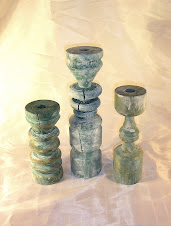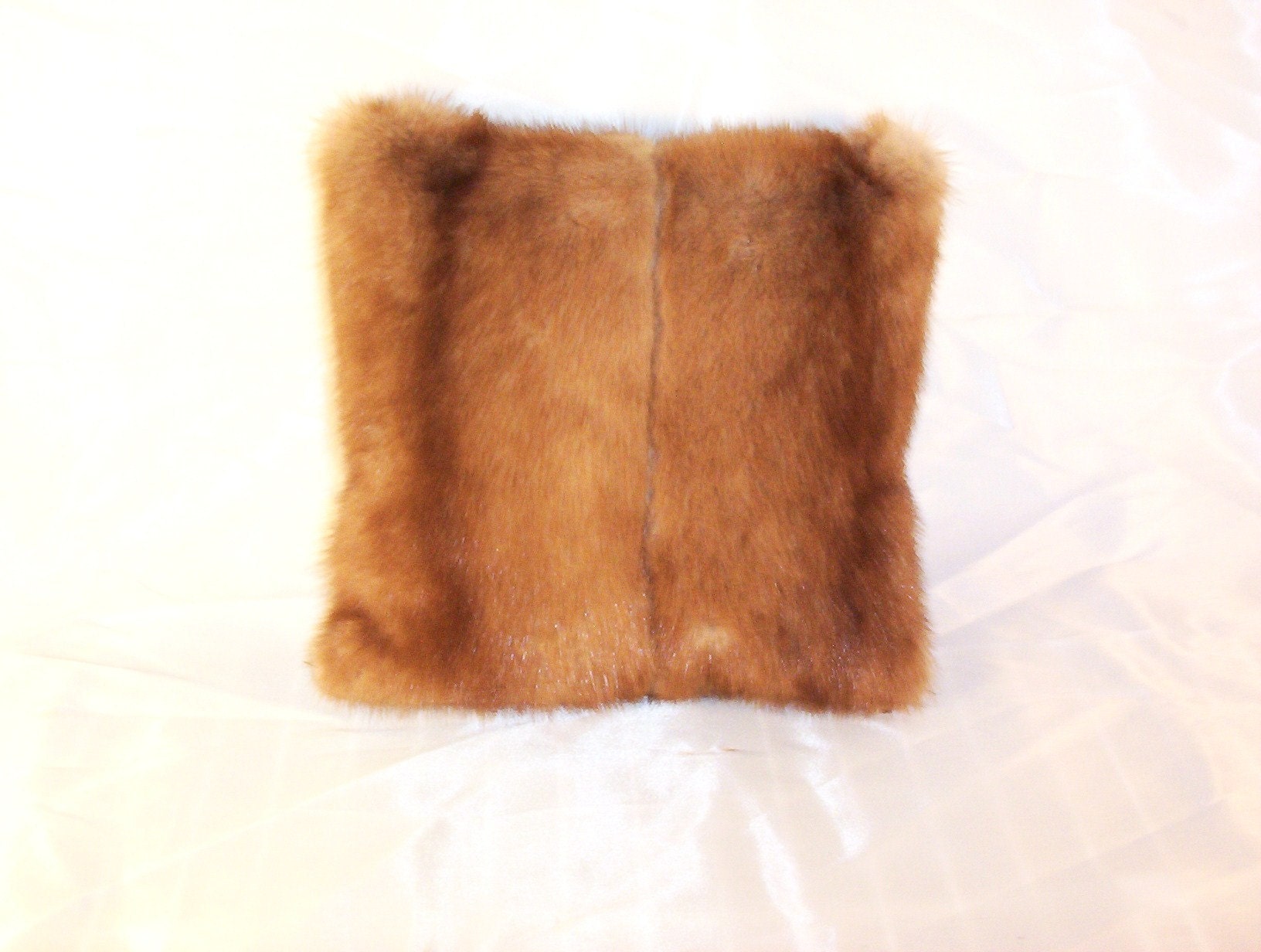 This table has what is called a "parquet" veneer top meaning that several pieces of veneer have been lamininated in such a was as to make a geometric design. In addition the veneer is also "Butterflyed", meaning the grain is matched in the middle. The easiest way to explain a butterfly veneer application is to imagine 1 piece of veneer that is split in half and then unfolded, and applied to the table substrate with the grains matching up to one another. The reason all of this is important is that whenever you can, you would like to be able to sand with the grain. This way you avoid unsightly scratches in you wood. Most tables have grain going only one direction, from one end of the top to the other end, but not this one. It presents a problem or 2 because of the parquet geometric design. What I did in this case was to tape off each section of veneer and sand it independently and completely by hand. This way I could sand with the grain and avoid some pretty awful scratches and sanding marks.
This table has what is called a "parquet" veneer top meaning that several pieces of veneer have been lamininated in such a was as to make a geometric design. In addition the veneer is also "Butterflyed", meaning the grain is matched in the middle. The easiest way to explain a butterfly veneer application is to imagine 1 piece of veneer that is split in half and then unfolded, and applied to the table substrate with the grains matching up to one another. The reason all of this is important is that whenever you can, you would like to be able to sand with the grain. This way you avoid unsightly scratches in you wood. Most tables have grain going only one direction, from one end of the top to the other end, but not this one. It presents a problem or 2 because of the parquet geometric design. What I did in this case was to tape off each section of veneer and sand it independently and completely by hand. This way I could sand with the grain and avoid some pretty awful scratches and sanding marks. This picture shows me sanding with the grain, right up to the edge of my tape line. I use blue masking tape because it is easy to pull off, and I can sometimes even reapply it when doing the next section. When applying the tape I place it about 1/32 of an inch outside my sanding area. I take my time and do 1 section at a time. Here I am using 180 grit.
This picture shows me sanding with the grain, right up to the edge of my tape line. I use blue masking tape because it is easy to pull off, and I can sometimes even reapply it when doing the next section. When applying the tape I place it about 1/32 of an inch outside my sanding area. I take my time and do 1 section at a time. Here I am using 180 grit.So how do you know what grit to use? It really depends on the type of finish you are going to do. On this table I will be doing a very formal polyurethane finish with an oil based stain. So, in this case I will not use a sandpaper grit finer than 220. Only later, after I have applied my final coat of polyurethane will I go to a finer grit. If at this stage I use too fine a grit, my stain will not penetrate as well and my polyurethane will not adhere to the wood as well. I want the wood to have a little bit of "tooth" when applying poly.
So, how does a person know when a surface is smooth enough to either quit sanding or go to a finer grade sandpaper? Here is the easy answer....When the color of the wood is consistent and looks clean, stop. Thats it. Don't try and judge smoothness. Just look for a nice consistent color across the entire piece of wood. When the color is consistent, move on to the next step or finer grade.
 Notice how on the right portion of this table it is slightly light in color than the left. The right side is very consistent in color and is done being sanded. If you look closely you can also see how the matched grain pattern meets in the middle. This is an example of butterflying.
Notice how on the right portion of this table it is slightly light in color than the left. The right side is very consistent in color and is done being sanded. If you look closely you can also see how the matched grain pattern meets in the middle. This is an example of butterflying. I used a sanding block to smooth and clean the edges of the table. I like to use a sanding block when I can, because it gives me a nice flat result, as opposed to just using my hand. It is also a little less labor intense. Sanding blocks are fairly inexpensive and can be real time savers, as well. There was not the parquet grain to contend with on the edges, so it was pretty easy. I started with a coarse 60 grit sanding until the edge was clean and the color was consistent. I then switched to 180 grit to complete it.
I used a sanding block to smooth and clean the edges of the table. I like to use a sanding block when I can, because it gives me a nice flat result, as opposed to just using my hand. It is also a little less labor intense. Sanding blocks are fairly inexpensive and can be real time savers, as well. There was not the parquet grain to contend with on the edges, so it was pretty easy. I started with a coarse 60 grit sanding until the edge was clean and the color was consistent. I then switched to 180 grit to complete it.










.jpg)





















4 comments:
Very interesting blog you have. Thanks so much for your visit to hill country house. I so agree with your statement and yes, I feel very fortunate to have "rubbed shoulders" with Carol Marine!
Hill Country Girl, Thank you so much for stopping by. Your comment is very appreciated. Rory
I so admire good carpentry and skills with renovating furniture. I don't have them. But I wish I did!
Brenda
Thank you Brenda. Very flattering. You in turn are way ahead of me in taking great photographs. You have a very keen eye for it. I could probably teach you how to refinish furniture, but I know I would have trouble developing your keen eye for beautiful photographs. Thank you so much for stopping by The Greentiques Solution.
Rory
Post a Comment